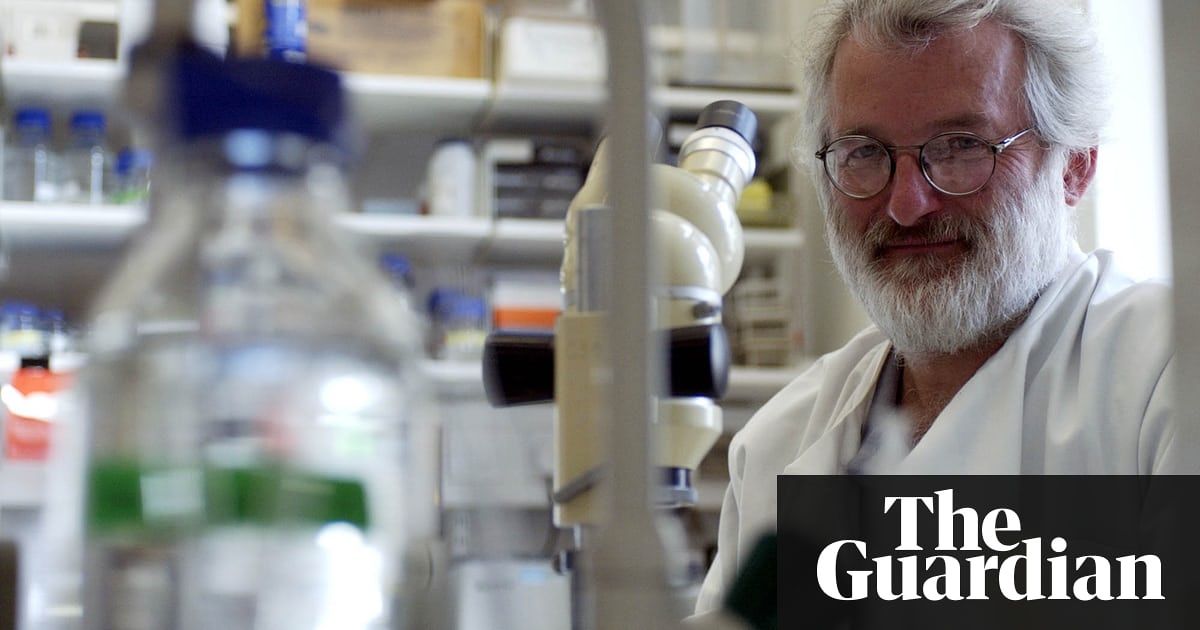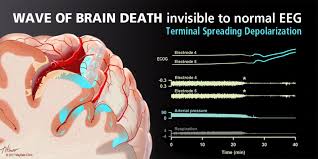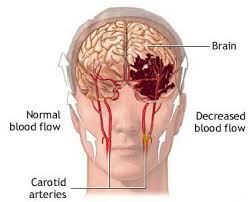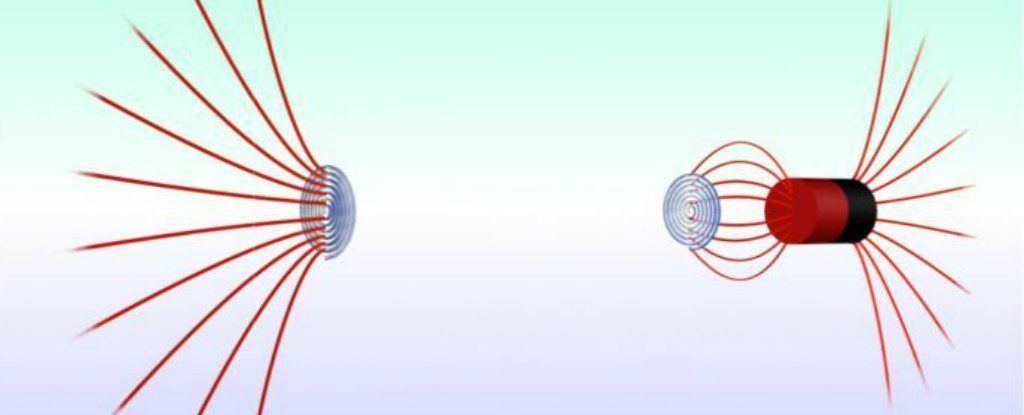Pioneering biologist best known for his work on the human genome who was a fierce advocate of free access to scientific data.
Sun 11 Mar 2018 11.19 EDT Last modified on Sun 11 Mar 2018 13.22 EDT.

Pioneering biologist best known for his work on the human genome who was a fierce advocate of free access to scientific data.
Sun 11 Mar 2018 11.19 EDT Last modified on Sun 11 Mar 2018 13.22 EDT.


NEW RELEASE OF PANGEA (v.0.3.3) ON ANDROID_
“The latest release has been published. v.0.3.3 includes bug fixes and UI/UX upgrades since the last release, and the ability to create, join and leave nations. The chat feature is working so now you can also have “Nation Group Chats” to speak with other Citizens of your Nation(s).”
Gateway to your decentralized world & P2P services.


MOSCOW, March 6. /TASS/. CosmoCourse, a private Russian company that is designing a reusable spacecraft for suborbital flights, plans to make its first commercial launch with tourists onboard in 2025, CosmoCourse Director General Pavel Pushkin told TASS in an interview.
“The first flight of the prototype (a missile and a space vessel — TASS) is due in 2023, and the first tourist flight is expected in 2025,” Pushkin said.
CosmoCourse’s director general specified that the operational testing for the missile and the launched capsule would kick off in 2022. “The hardware is to be finished in 2021, and in 2022 test operations will begin,” he said.

Enzymes play an important role in cognitive function. Enzymes are biological catalysts. They’re responsible for accelerating chemical reactions.
What role do enzymes play in #aging and cognitive function?
According to new research in laboratory mice by UC San Francisco scientists have discovered that loss of an #enzyme that modifies gene activity to promote brain regeneration may be partly responsible for age-related cognitive decline. When age related cognitive decline starts is still debatable, however the effects of age related cognitive decline are well known.

A recent study gives insight into the #neurobiology of dying. Before the process of dying neurologists closely monitored patients with devastating #brain injuries following Do Not Resuscitate-Comfort Care orders. This gave key insights into the mechanisms and timing of events in the brain and the circulatory system during the dying process.
The objective of emergency treatment is to restore circulation to prevent #cerebral ischemia. #Cerebral ischemia is a condition that occurs when blood flow is restricted to the brain, which then causes the #death of brain tissue. Understanding the brain’s response to energy depletion can help us estimate how much time is available for resuscitation until irreversible damage has occurred. The goal is to develop methods that can prolong this window before irreversible damage takes place. Injury to central neurons begins only during the progressive and uncontrollable #depolarization of neurons called anoxic depolarization. This Anoxic depolarization “wave” is potentially reversible and typically starts 2 to 5 minutes after the emergence of severe ischemia. This marks the beginning of a toxic change within the neuron which eventually leads to irreversible brain injury.


Back in 2015, researchers in Spain created a tiny magnetic wormhole for the first time ever. They used it to connect two regions of space so that a magnetic field could travel ‘invisibly’ between them.
Before you get too excited, it wasn’t the kind of gravitational wormhole that would theoretically allow humans to travel rapidly across space in science fiction TV shows and films such as Stargate, Star Trek, and Interstellar, and it wouldn’t have been able to transport matter.
But the physicists managed to create a tunnel that allowed a magnetic field to disappear at one point, and then reappear at another, which is still a pretty huge deal.

